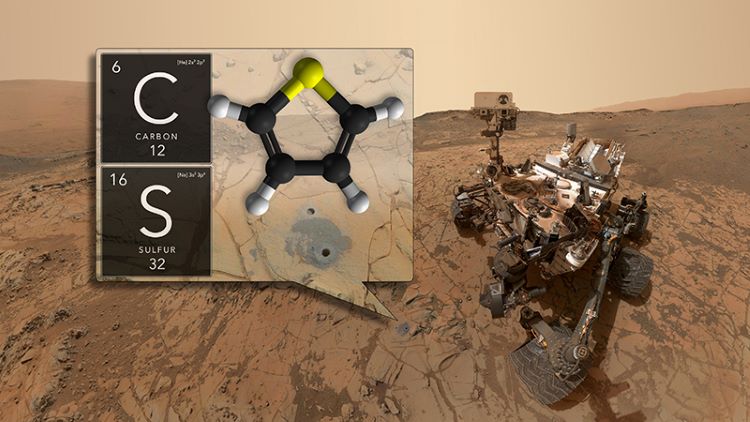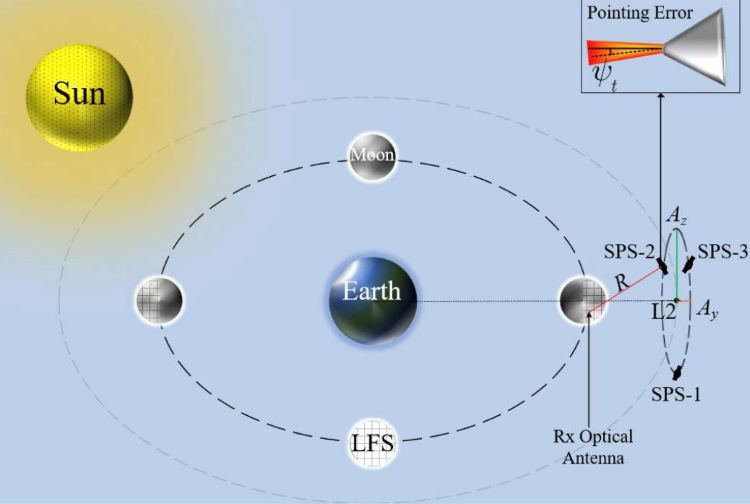How can sunlight reflecting off SpaceX’s Starlink satellites interfere with ground-based operations? This is what a recently submitted study hopes to address as a pair of researchers investigate how Starlink satellites appear brighter—which the researchers also refer to as flaring—to observers on Earth when the Sun is at certain angles, along with discussing past incidents of how this brightness has influenced aerial operations on Earth, as well. This study holds the potential to help spacecraft manufacturers design and develop specific methods to prevent increased brightness levels, which would help alleviate confusion for observers on Earth regarding the source of the brightness and the objects in question.
Continue reading “Starlinks Can Produce Surprisingly Bright Flares to Pilots”Starlinks Can Produce Surprisingly Bright Flares to Pilots










